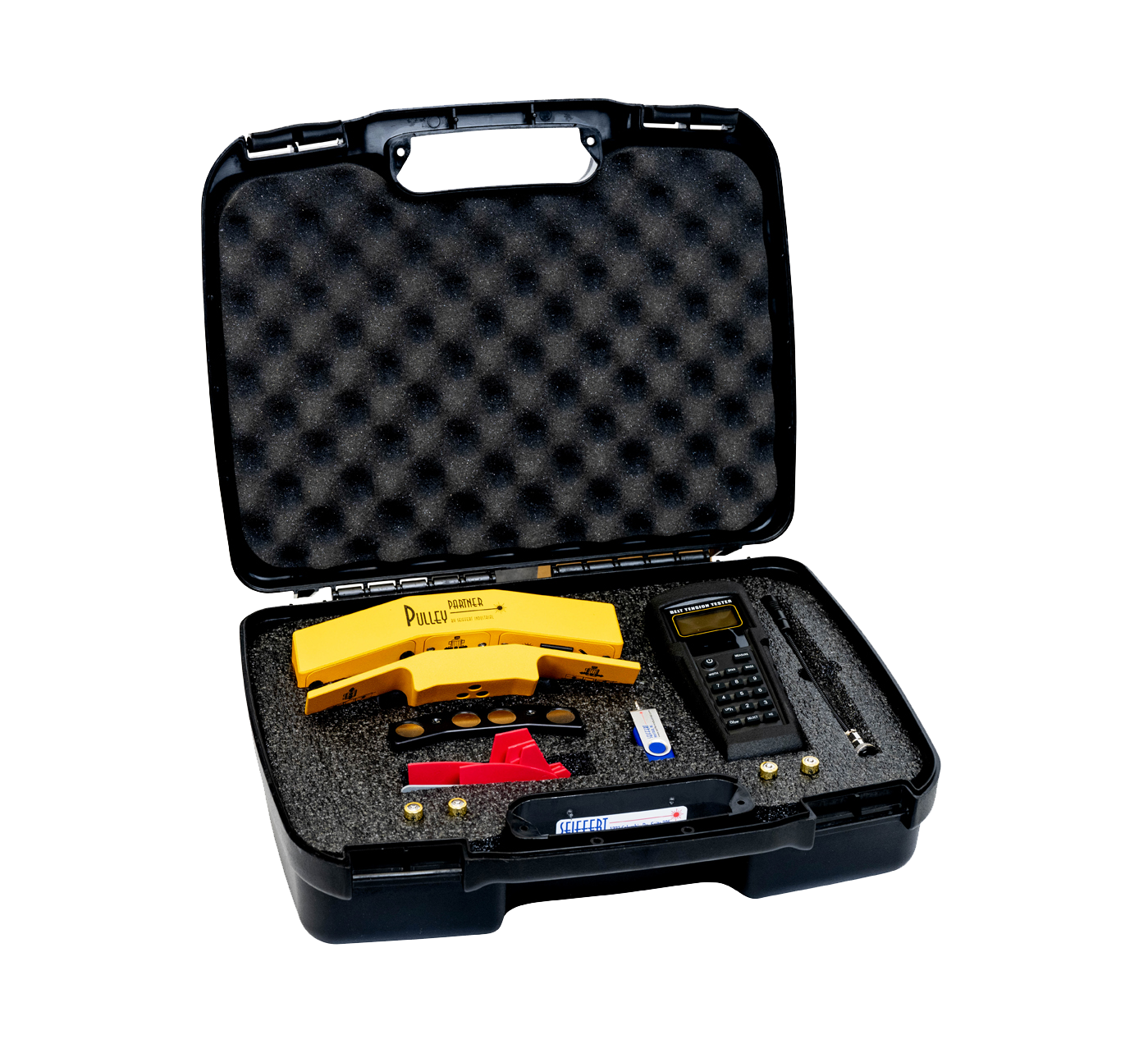Premature Drive V Belt Failure
| Symptoms | Probable Cause | Corrective Action |
| Broken belt(s) |
|
|
|
Belts fail to carry a load – No visible reason shown |
|
|
| Edge cord failure |
|
|
| Belt De-lamination OR undercord separation |
|
|
Severe or Abnormal V-Belt Wear
| Symptoms | Probable Cause | Corrective Action |
| Wear is found on the top surface of the belt |
|
|
| There is wear on the top corners of the belt |
|
|
| Wear was found on the belt sidewalls |
|
|
| There is wear on the bottom corner of the belt |
|
|
| There is wear on the bottom surface of the belt |
|
|
| Undercord Cracking can be detected |
|
|
| Under-cord or sidewall burn or hardening |
|
|
| Belt surface hard or still |
|
|
| Belt surface flaking, sticky or swollen |
|
|
V Belts Turn Over or Come Off Drive
| Symptoms | Probable Cause | Corrective Action |
| Involving Single or Multiple drive belts |
|
|
Belt Stretches Beyond Available Take-Up
| Symptoms | Probable Cause | Corrective Action |
| Multiple belts stretch unequally |
|
|
| Single belt or where all belts stretch evenly |
|
|
Drive Belt Noise
| Symptoms | Probable Cause | Corrective Action |
| Belt squeals or chirps |
|
|
| Slapping sound |
|
|
| Rubbing sounds |
|
|
| Grinding sounds |
|
|
| Unusually loud drive |
|
|
Unusual Vibration in the Drive Belt
| Symptoms | Probable Cause | Corrective Action |
| Belts Flopping |
|
|
| Unusual or Excessive Vibration |
|
|
Problems with Sheaves
| Symptoms | Probable Cause | Corrective Action |
| Broken or Damaged Sheave |
|
|
| Severe Groove Wear |
|
|
Problems with other Drive Components
| Symptoms | Probable Cause | Corrective Action |
| Bent or Broken drive shaft |
|
|

